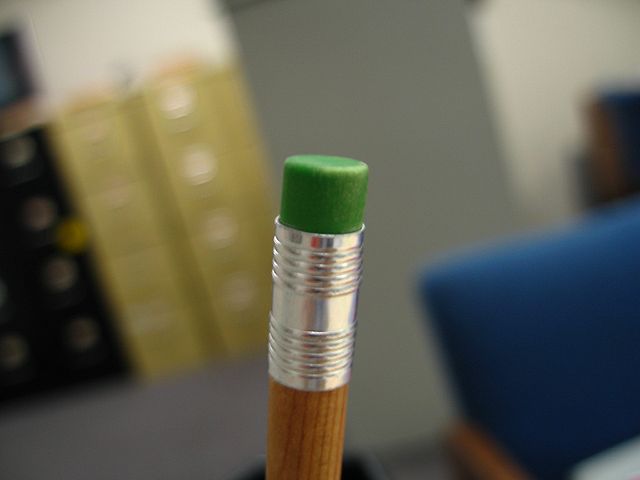
March 30 1858 – 15 Nisan 5218
Printer Hymen Lipman, a Jewish businessman from Philadelphia who played a key role in the early development of the post card, received a patent for his invention of the lead pencil with integrated rubber eraser. The lead pencil – so much simpler than the mess of quill and ink – had been known since the 16th century, and Lipman’s patent was contested as no more than a combination of two already existing inventions. In Hymen Lipman’s original version, both rubber and lead were encased in wood, which had to be sharpened at each end to expose both rubber and pencil.
Born in Jamaica in 1817, Lipman’s parents had arrived on the island from England, and moved on with him to America when he was ten. He started out working in the paper industry in Philadelphia, becoming the first envelope manufacturer in the United States, and coming up with the idea of adding dry adhesive to the back flap for easier sealing. His innovations also included a method of holding a sheaf of papers together, later made obsolete by the stapler. Lipman’s genius was that he sold his pencil patent in 1862 for $100,000.
